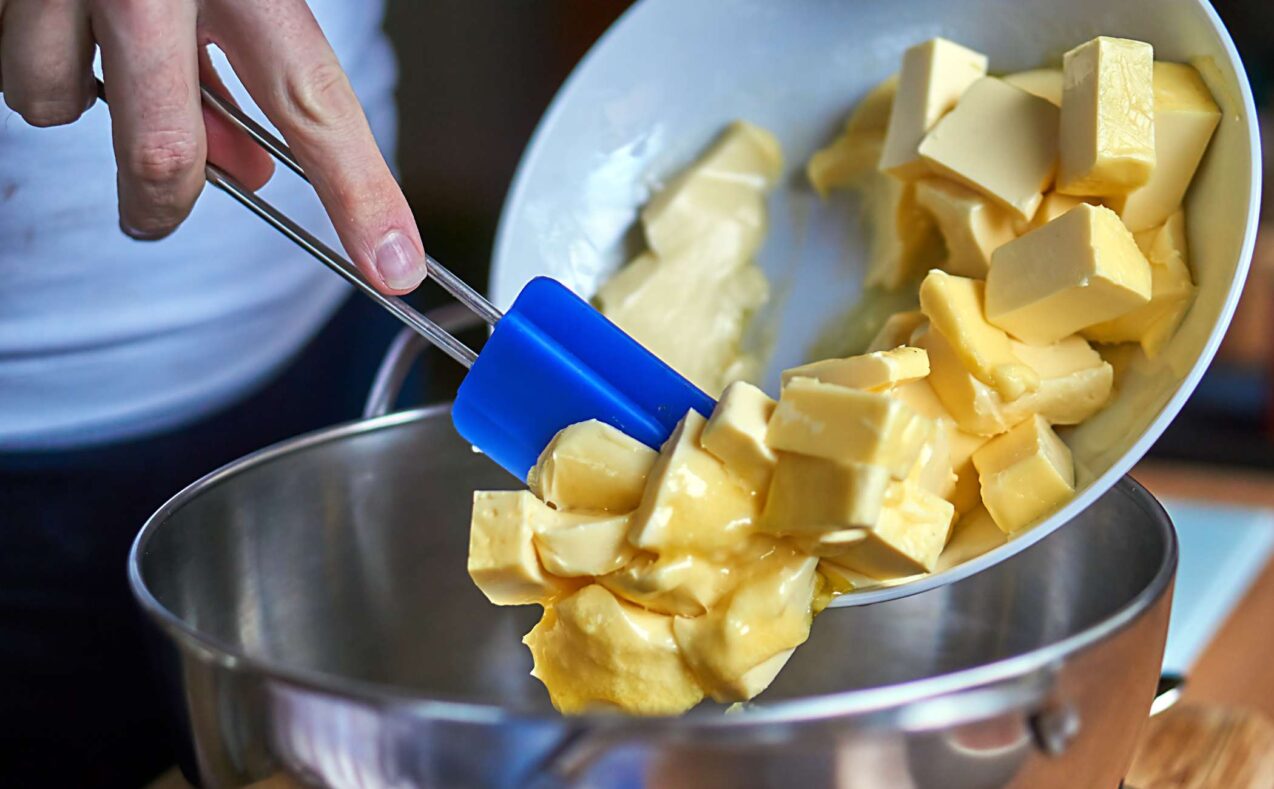If you've ever followed a baking recipe only to realize you have the "wrong" kind of butter, you're not alone. Many at-home bakers wonder: does it really matter whether I use salted or unsalted butter? The difference between salted and unsalted butter may seem small, but it can significantly impact the final texture, taste, and consistency of your baked goods.
Baking is as much a science as it is an art. Ingredients interact in specific ways, and even minor variations can lead to different results. Butter is a key ingredient in most baked goods, contributing moisture, richness, and structure. However, the salt content in butter can throw off a delicate recipe if not accounted for.
Unsalted butter is pure cream with no added salt, while salted butter contains varying amounts of salt. The amount can differ between brands, making it harder to control salt levels in your recipe.Unsalted butter allows bakers to add salt separately and precisely, ensuring consistency. Salted butter can introduce unpredictability in taste and seasoning.
Apart from this, salted butter contains slightly more water than unsalted butter, which can subtly affect the texture of baked goods, especially in recipes that require precision, like pastries and cookies. Unsalted butter tends to be fresher because salt acts as a preservative. This means unsalted butter is often produced with a shorter shelf life in mind, leading to a fresher product.
It is important to note that using salted butter when a recipe calls for unsalted can make your desserts taste overly salty. The added water content in salted butter can slightly alter the structure of delicate baked goods, making cookies spread too much or cakes feel denser. Salt enhances flavor, but too much can overpower the intended taste of a sweet treat. Using unsalted butter gives you full control over how much salt is in your recipe.
If a recipe calls for unsalted butter but you only have salted, reduce the added salt by about 1/4 teaspoon per stick (1/2 cup) of butter. Conversely, if a recipe calls for salted butter but you only have unsalted, simply add about 1/4 teaspoon of salt per stick.
While both types of butter have their place in the kitchen, unsalted butter is the better choice for baking. It ensures consistency, flavor control, and better precision in your recipes. If you’re an at-home baker looking to improve your results, sticking with unsalted butter is a simple yet impactful choice that prevents common baking mistakes.

 Trump has begun another trade war. Here's a timeline of how we got here
Trump has begun another trade war. Here's a timeline of how we got here
 Canada's leader laments lost friendship with US in town that sheltered stranded Americans after 9/11
Canada's leader laments lost friendship with US in town that sheltered stranded Americans after 9/11
 Chinese EV giant BYD's fourth-quarter profit leaps 73%
Chinese EV giant BYD's fourth-quarter profit leaps 73%
 You're an American in another land? Prepare to talk about the why and how of Trump 2.0
You're an American in another land? Prepare to talk about the why and how of Trump 2.0
 Chalk talk: Star power, top teams and No. 5 seeds headline the women's March Madness Sweet 16
Chalk talk: Star power, top teams and No. 5 seeds headline the women's March Madness Sweet 16
 Purdue returns to Sweet 16 with 76-62 win over McNeese in March Madness
Purdue returns to Sweet 16 with 76-62 win over McNeese in March Madness








